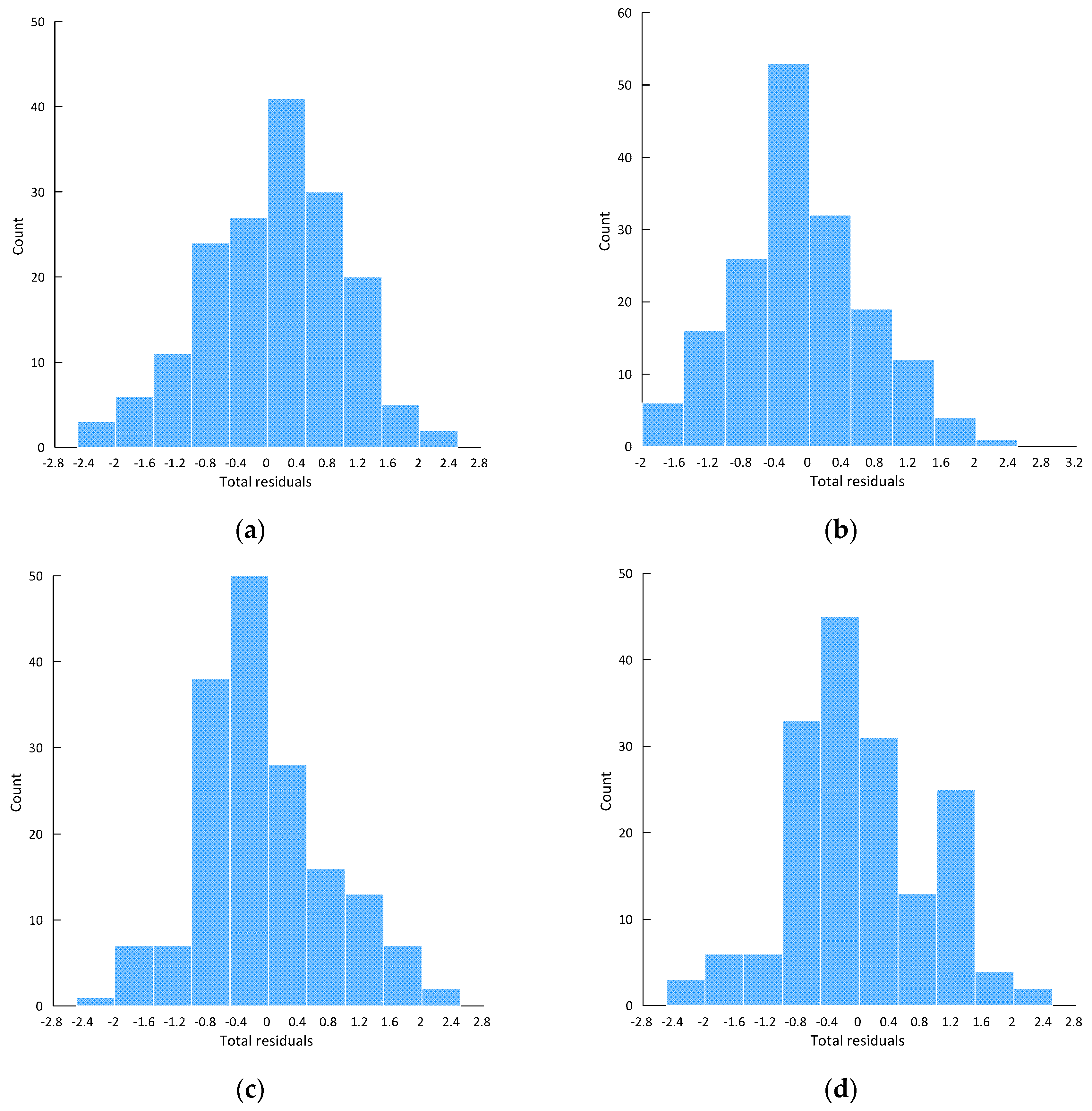

However, to meet the field conditions, Model-1 was not provided with confinement ties in joint panel regions and constructed with low-strength concrete of 2000 psi (13.79 MPa). Model-1 was conforming to code-compliant SMRF, detailed as per the requirements of. Following are the characteristics of test models: story height of 12 ft (3.66 m), bay length of 18 ft (5.49 m), beams of dimensions 12 inch × 18 inch (305 mm × 457 mm), and columns of dimensions 15 inch × 15 inch (381 mm × 381 mm) steel reinforcement is provided having yield strength of 60 ksi (415 MPa). The construction defects considered in test models included low-strength concrete of 2000 psi (13.79 MPa), lack of joint shear reinforcement in joint panels, reduced longitudinal reinforcement, and larger tie spacing in beams and columns (Figure 1). These different defects have also been considered in this research work. In the construction industry, different types of prevalent defects or nonseismic provisions can be found such as substandard quality of concrete, nonseismic detailing in beam-column joint panel regions, and reduced longitudinal and shear reinforcement provisions in the beam and column members. This included unidirectional dynamic shaking tests on the 1/3 rd reduced scale model with double-story RC frame structures, representing recent deficient RC frame building stock of Pakistan. The recent shake table test campaign carried out by authors was considered and further analyzed in the current study for the seismic analysis and development of structural fragility functions.

Reinforced concrete structures if not built properly can result in catastrophic failure and subsequent human and economic losses, upon subjecting to earthquake-induced strong ground motions.

The recently collected data from the field and construction practices in developing countries have shown a lot of construction flaws including the use of substandard quality of materials (i.e., low-strength concrete and undersized/oversized reinforcing bars), providing stirrups at larger spacing in beams and columns, lack of confining ties in beam-column joint panels, not practicing 1350 standard seismic hooks for stirrups, and using inadequate lap-splice length in the plastic hinge region, among others. Although the design of these structures is primarily based on the recent local or international seismic building codes, the designer-specified constructions’ execution in the field still remains a challenge in developing countries, which is resulting in substandard and vulnerable building stock. However, the majority of these building stocks is lying in areas of high seismic hazard, which may be subjected to moderate-to-large damaging earthquakes in future. It is primarily due to the abundant availability of concrete constituent materials and ease of construction of reinforced concrete buildings. The socioeconomic uplift of urban areas in many developing countries has necessitated the use of reinforced concrete constructions, particularly for schools, hospitals, shopping malls, and apartment buildings. Available building damage-to-loss factors were employed to transform structural damages to repair cost ratio, which were correlated with seismic intensity (repair cost ratio versus seismic intensity) to derive the seismic vulnerability curve, which may be used for the direct economic loss estimation of the considered frame building typology. Seismic fragility functions were derived using a probabilistic-based methodology, which may be used for global damageability assessment of the considered frame building typology.

The frames were analyzed through incremental dynamic analyses. Numerical frame models were prepared in finite element-based program SeismoStruct and calibrated against experimental tests. A uniform damage scale was developed for global performance assessment of considered deficient RC frames, listing average estimate of limit states’ drifts and base shear coefficients, with measured uncertainty, and describing frame damage condition. The models’ damage mechanisms were studied, and the seismic response in terms of floor acceleration and floor displacement was retrieved. The models were subjected to the natural accelerogram of the 1994 Northridge earthquake and tested under multiple scaled excitations until the models attained incipient collapse state. Shake table tests were performed on three two-story 1 : 3 reduced scale RC frame structures, representative of buildings with construction deficiencies in Pakistan.


 0 kommentar(er)
0 kommentar(er)
